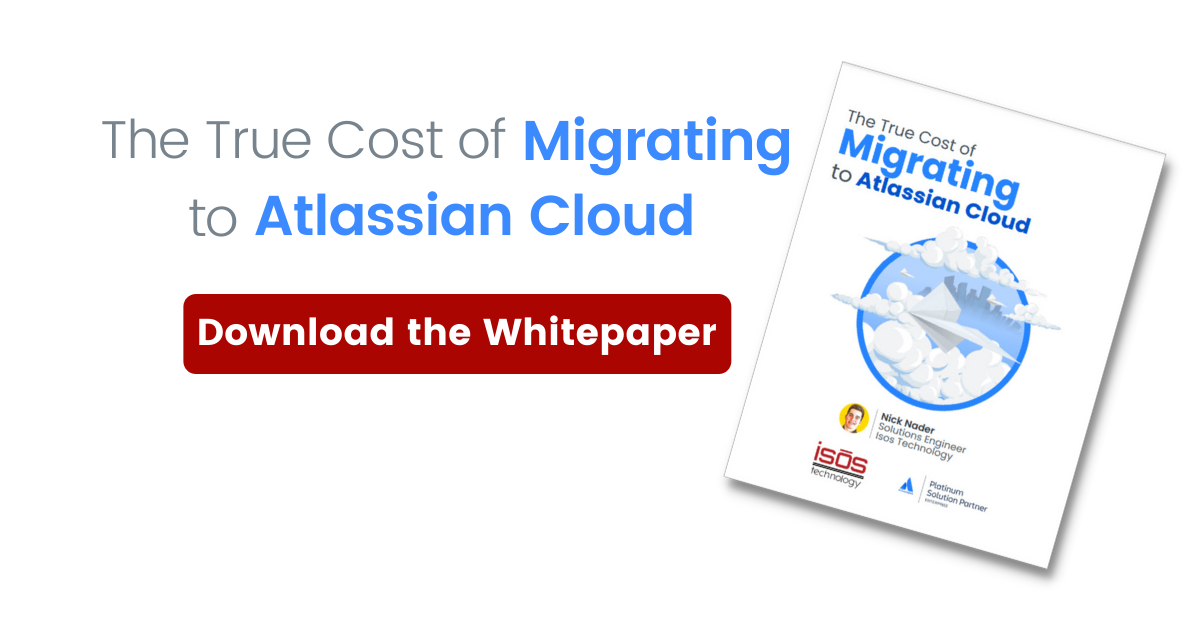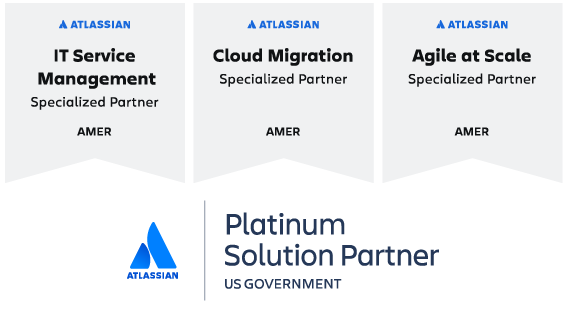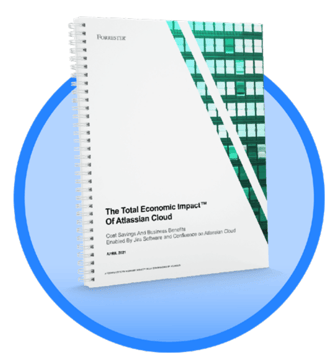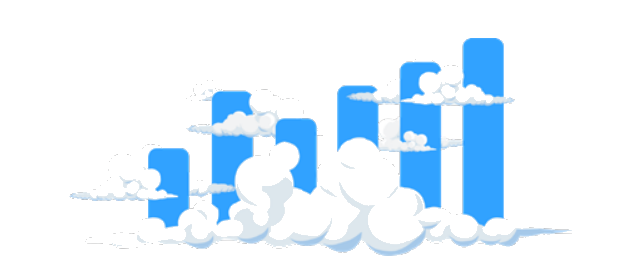Migrating Services: What they Are and Why You Need Them
Migrating to Atlassian Cloud can be a complex undertaking, particularly if your instance is large, if you have multiple instances, or if you need to bring over large amounts of data. While your organization could go it alone, most companies benefit from working with a trusted Atlassian migration partner who brings years of expertise and experience to the table. An Atlassian partner can serve as a trusted advisor, helping organizations configure their Atlassian tools to align with their long-term strategic business objectives. A partner can also streamline the migration process significantly, often using proprietary tools to speed up the process and ensure no data is lost.
When considering upfront migration costs, the following is a high-level overview of the migration services an Atlassian partner can provide:
- Strategic Guidance and Architecture Development
Atlassian tools often develop organically, with individual divisions, departments, and teams developing divergent processes over time. Based on best practices informed by years of experience with organizations of all types and sizes, as well as your own organization’s unique ways of working, an Atlassian partner can provide strategic guidance and architecture development to ensure your new Cloud instance is optimized for your processes and aligned to your long-term strategic goals. This ensures it will serve your organization well in the present and scale to meet your future needs.
- System Cleanup
Organizations that have been using Atlassian tools for any length of time will likely have clutter—unnecessary, unused, duplicate, or obsolete users, projects, workflows, data, apps, etc. Clutter bogs down the system and can add to the complexity and risk of a migration. An Atlassian partner can help guide the client through cleanup efforts, archiving or deleting any clutter or data not needed in the new system. This will simplify the migration, minimize risk, and ensure optimal instance performance in Cloud.

- Active and Historical Data Migration
Actual data migration is the most complex and high-risk part of any migration—there are any number of things that can go wrong and result in data loss or costly delays. During this phase of the process, an Atlassian partner will configure your Cloud instance, map your existing data from the source environment to the destination environment, structure it in Atlassian-ready formats, and physically migrate it, using both Atlassian and proprietary tools. The partner can bring over both active data, as well as historical data required for compliance or other reasons.
Additionally, third-party app data migration can add a lot of risk and complexity to a Cloud migration. A partner can assist with custom scripting and automation to ensure as much app data is migrated as possible, while recommending similar Cloud apps for ones that don’t have Cloud versions.
This process is highly iterative, and companies can expect trial runs before the final production cutover. Before the cutover to production, there will also be rounds of validation and user acceptance testing to ensure that all necessary data has been brought over correctly.
- User Training
Atlassian Cloud functionality differs from Server and Data Center versions—it incorporates native functionality that companies may have previously relied on third-party apps for, apps themselves may have changed, and changes may even have been made to the core tools. For instance, the addition of Atlassian Access (an enterprise-grade identity and access tool for Cloud products) may mean users access the tools and authenticate differently. An Atlassian partner can put a process in place and provide any necessary training to ensure both administrators and users are prepared to work in the new system.
The Added Value of an Atlassian Migration Partner (vs. the High Cost of a Failed Migration)
For most organizations that rely on Atlassian, the tools are more than nice to have—they are business critical. Because of this, many companies have teams of in-house administrators with substantial knowledge of how the tools work, the architecture of their own instance, and their own processes and user needs. Why then, is it necessary to work with a migration partner? What value do they add?
Migrations are not everyday occurrences, and in-house Atlassian administrators may have limited experience in architecting a comprehensive solution, the ins and outs of Cloud, and the highly specialized tools and processes necessary to migrate data. The everyday demands of their jobs and lengthy, convoluted process of learning through trial and error could result in costly, disruptive delays. Lack of experience with migration tools and processes could mean critical data gets deleted or left behind, or that the final cutover causes costly, disruptive, and unnecessary downtime.
Conversely, an Atlassian migration partner has worked through the process dozens, perhaps hundreds, of times. They can architect a solution that will serve the long-term needs of the business, identify and avoid potential pitfalls, and ensure a timely, successful migration with all data intact. That said, in-house Atlassian administrators can and should play a critical role in the migration. With their deep knowledge of the organization’s users, configurations, and processes, they are essential counterparts to Atlassian migration partners.

Back to Top






